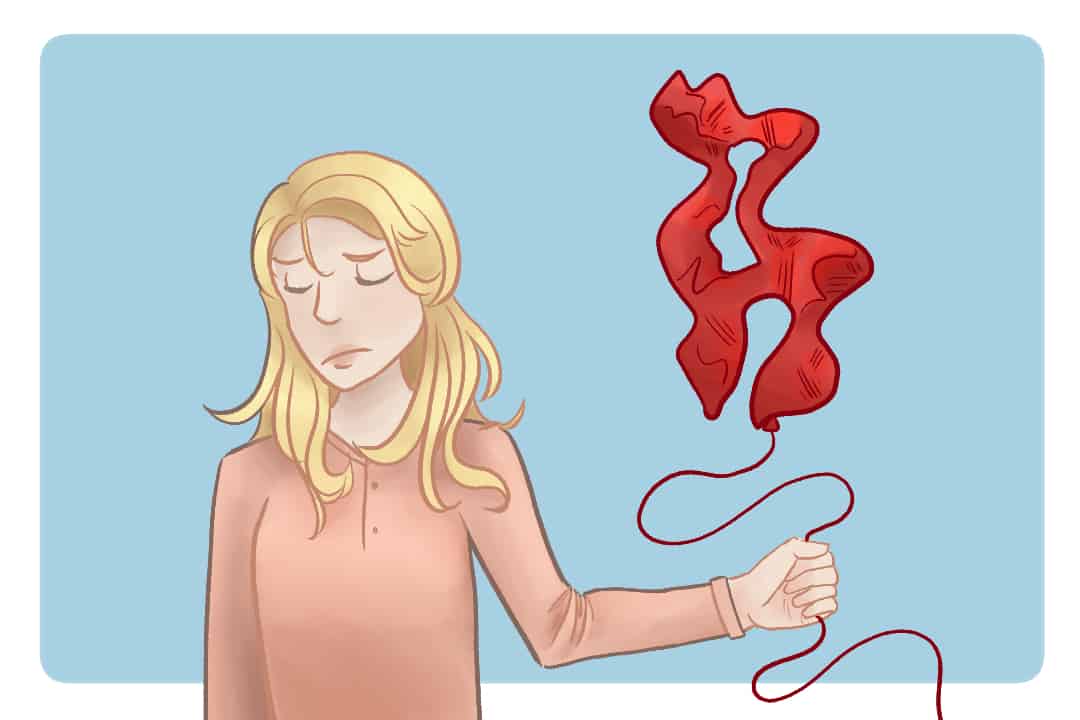As the 2019 fall semester came to a close, students once again took to Twitter to express concern and confusion over U of T’s grading practices.
One tweet in particular featuring a screenshot of an email from an instructor went viral, with more than 500 retweets and students commenting their frustration and similar stories.
The email informed students that in order to counteract grade inflation and keep the course average between 75 to 78 per cent, grades for an assignment would be capped at eight, as opposed to 10.
Melissa Hill, Executive Director in the Faculty of Communications and Public Affairs at U of T, wrote to The Varsity that this email was a miscommunication, and the assignment would, in fact, be marked out of 10.
U of T’s grading distribution guidelines
The Faculty of Arts & Science Academic Handbook for Instructors outlines the rules and expectations with regard to grading undergraduate courses. Section 10.3 of the handbook gives “broad guidance” on marks distribution, based on a memo from the tri-campus dean in 2009.
The guidelines note that in large first- and second-year courses, “the proportion of As in any given offering of the course might reasonably vary from 15% to 35%” and courses that consistently fall on the upper or lower end of this range should undergo review.
As for upper-year courses, it states that due to small class sizes it is difficult to set detailed expectations of grade distributions. However, it notes that “distributions with 30-40% As (or even more) would not be unusual in 300- and 400-level courses.”
Calibration but not a bell curve
The handbook explicitly bans instructors from using a bell curve: “Grades… will not be determined by any system of quotas.” However, the use of grade calibration is permitted.
Grade calibration is the process whereby raw assessment scores are turned into the marks returned to students. The handbook describes calibration as a “responsible” practice as “it is totally unreasonable to expect an instructor to design test after test at precisely the same level of difficulty, and TAs vary in their experience and judgement.”
Calibration does not have to be performed using a linear manipulation, that is, adding or multiplying every grade by the same number, meaning grade calibration can appear very similar to a bell curve.
U of T’s Grading Practices Policy requires instructors to explain any grade calibration upon request of a student, and that the calibration be “defensible in light of the nature of the test or assignment.”
when your school (@UofT) marks you based on their reputation, not how you actually performed academically < pic.twitter.com/czlffOOln7
— Brandon MacPhee (@Brandon_MacPhee) December 4, 2019
A history of confusion
This is not the first time that students have expressed concern over the clarity of grading practices.
A 2014 opinion article in The Varsity called for an end to grade deflation. The author called for an end to the practice and for U of T to make its data on average grades public. Months later, another opinion article argued for grade deflation, noting that competition is necessary.
This debate at U of T goes as far back as the 1970s, when in 1975, as part of a “war on marking inflation,” some students in POL208 — Introduction to International Relations and POL312 — Canadian Foreign Policy had their As shifted down to Bs.
Bell curving was officially prohibited in 1977 with the release of the Grading Practices Policy by Governing Council. The following year the central student union released pamphlets reminding students that bell curving was a banned practice as well as other mandatory marking rules professors were held to.


